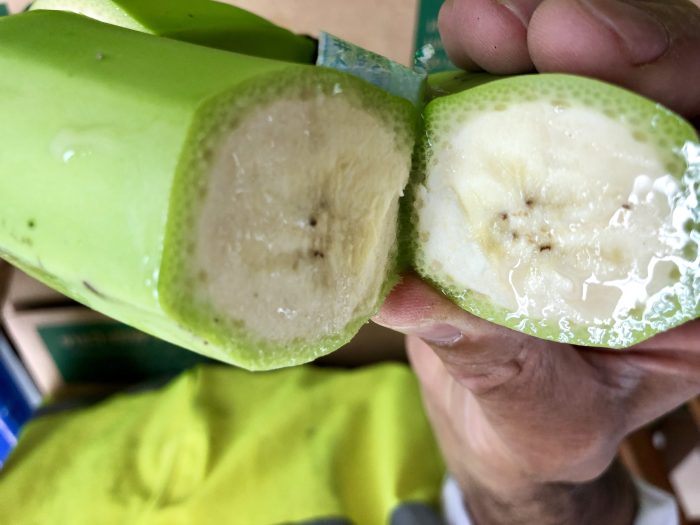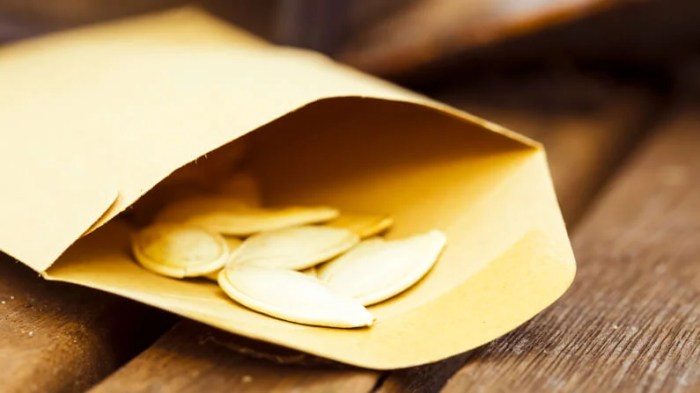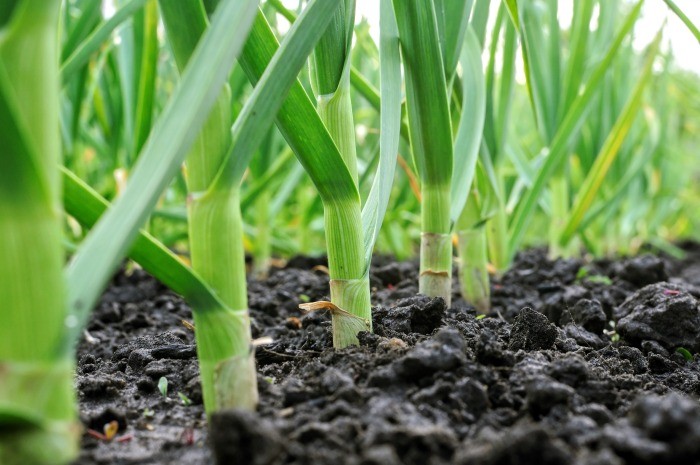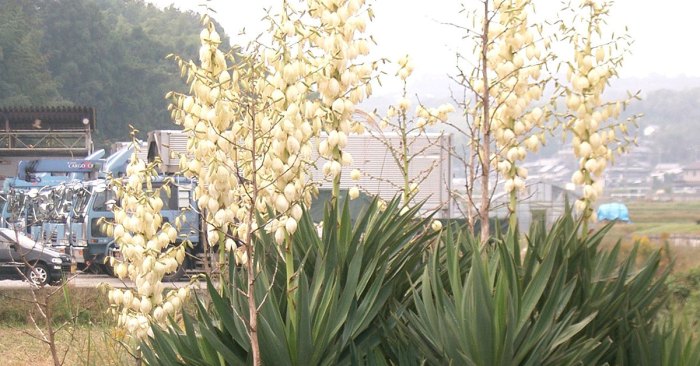Selecting Seeds and Starting Indoors
How to grow a watermelon plant from seed – Starting watermelon seeds indoors gives you a head start on the growing season, resulting in earlier harvests. Choosing the right seeds and providing optimal germination conditions are crucial for success.
Choosing Watermelon Seeds for Beginners
For beginners, selecting an early-maturing, disease-resistant hybrid variety is recommended. These varieties are generally more forgiving of minor growing mistakes and offer a quicker reward. Look for seed packets clearly indicating these traits. Popular options often include ‘Sugar Baby’ or similar compact varieties known for their ease of cultivation.
Ideal Conditions for Watermelon Seed Germination
Watermelon seeds require warmth, moisture, and indirect light to germinate successfully. The ideal temperature range is between 70-85°F (21-29°C). Consistent moisture is vital, but avoid overwatering, which can lead to rot. Indirect sunlight or artificial grow lights provide the necessary energy for germination.
Starting Watermelon Seeds Indoors: A Step-by-Step Guide
Follow these steps for successful indoor seed starting:
- Fill seed starting trays or individual pots with a well-draining seed starting mix. Avoid using garden soil, as it may be too dense and harbor diseases.
- Plant each seed about ½ inch deep, spacing them appropriately based on the container size.
- Gently water the soil until moist but not soggy.
- Cover the containers with clear plastic wrap or a humidity dome to maintain moisture and warmth.
- Place the containers in a warm location with indirect sunlight or under grow lights. Maintain a consistent temperature.
- Once seedlings emerge (usually within 7-10 days), remove the plastic wrap or humidity dome and provide adequate light.
- Thin seedlings to one plant per pot once they have developed their first true leaves.
Comparing Seed Starting Methods
Choosing between seed trays and individual pots depends on your resources and preferences. Seed trays are cost-effective for many seeds, while individual pots minimize root disturbance during transplanting.
| Method | Pros | Cons | Cost |
|---|---|---|---|
| Seed Trays | Cost-effective, space-saving | Requires transplanting, potential for root damage | Low |
| Individual Pots | Minimizes transplant shock, easier handling | More expensive, requires more space | Medium |
Preparing the Soil and Planting Outdoors
Preparing the right soil and hardening off seedlings are essential steps for successful outdoor watermelon cultivation. This ensures a smooth transition from the indoor environment to the garden.
Ideal Soil Composition and pH for Watermelon Plants
Watermelons thrive in well-drained, fertile soil with a slightly acidic to neutral pH level (6.0-7.0). Amend heavy clay soils with organic matter like compost to improve drainage and aeration. Sandy soils benefit from the addition of peat moss or other organic materials to retain moisture.
Soil Drainage and Improvement
Good soil drainage is crucial to prevent root rot. If your soil is poorly drained, consider raised beds or amending the soil with organic matter to increase its porosity. A simple test is to dig a hole and fill it with water; if it drains slowly, improvement is needed.
Hardening Off Seedlings
Before transplanting seedlings outdoors, gradually acclimate them to outdoor conditions through a process called hardening off. This reduces transplant shock and improves survival rates. Start by placing seedlings outdoors for a few hours each day, gradually increasing the duration over several days before transplanting.
Essential Tools and Materials for Transplanting
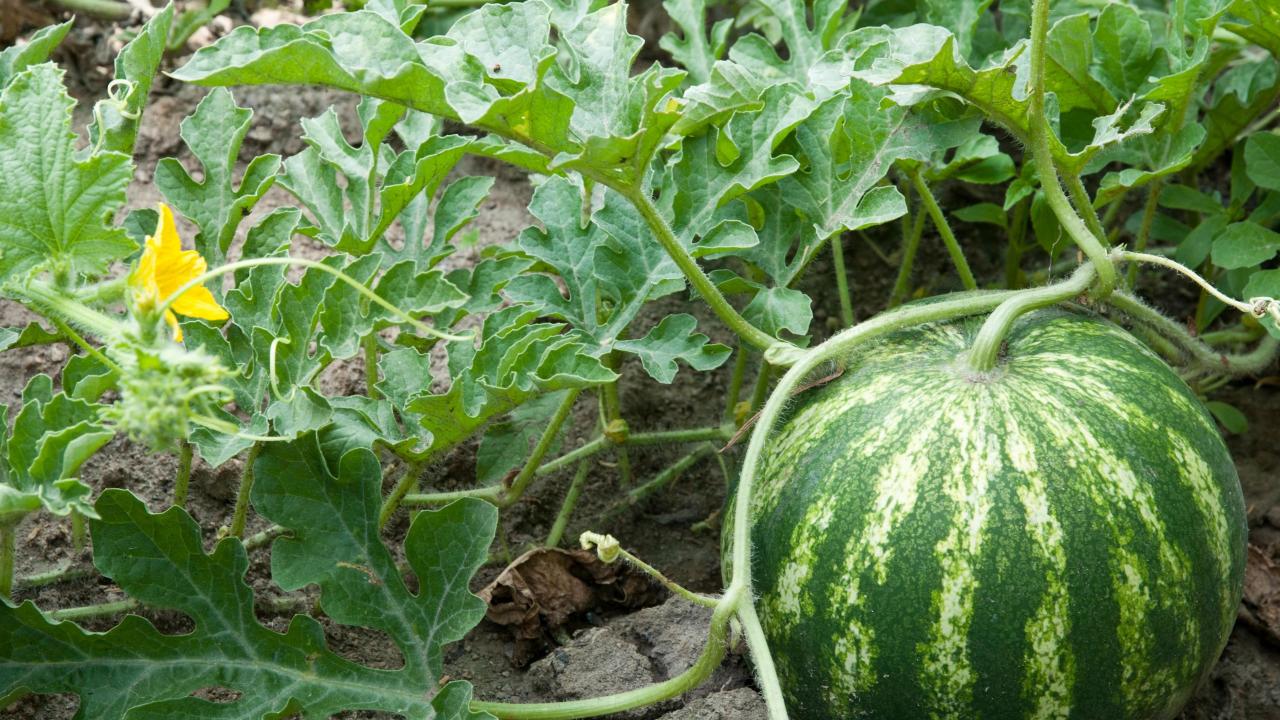
Source: com.au
Here’s a checklist of essential tools and materials:
- Garden trowel
- Watering can
- Seedlings
- Compost or other soil amendment (if needed)
- Mulch
Planting and Spacing
The timing, depth, and spacing of your watermelon planting significantly impact the final yield. Choosing the right method and spacing ensures optimal growth and fruit production.
Optimal Planting Time
The optimal planting time depends on your climate. Watermelons require warm soil temperatures (at least 70°F or 21°C) and a frost-free period of at least 80-100 days, depending on the variety. In most regions, planting occurs after the last expected frost.
Planting Depth and Spacing, How to grow a watermelon plant from seed
Plant seeds or seedlings at a depth of about 1 inch. Spacing is crucial for adequate sunlight, air circulation, and fruit development. Proper spacing prevents overcrowding and minimizes disease.
Planting Methods: Direct Sowing vs. Transplanting
- Direct Sowing: Planting seeds directly into the prepared garden bed. Suitable for warm climates with long growing seasons.
- Transplanting: Transplanting seedlings started indoors. Allows for an earlier harvest and better control over germination.
Recommended Spacing for Different Watermelon Varieties
Spacing requirements vary depending on the watermelon variety. Check the seed packet for specific recommendations.
| Variety | Spacing (inches) |
|---|---|
| Sugar Baby | 24-36 |
| Crimson Sweet | 48-60 |
| Other large varieties | 60-72+ |
Watering and Fertilizing
Consistent watering and appropriate fertilization are crucial for healthy watermelon growth and abundant fruit production. Understanding the plant’s needs at different stages is key.
Watering Requirements
Watermelons need consistent moisture, especially during flowering and fruit development. Water deeply and less frequently, allowing the soil to dry slightly between waterings. Avoid overhead watering, which can lead to fungal diseases.
Signs of Underwatering and Overwatering
Underwatering: Wilting leaves, stunted growth, dry soil.
Overwatering: Yellowing leaves, soggy soil, root rot.
Fertilizing Schedule
Apply a balanced fertilizer (e.g., 10-10-10) at planting time and again during the flowering and fruiting stages. Follow package instructions for application rates. Organic fertilizers, such as compost tea, are also beneficial.
Proper Watering Techniques
Water deeply at the base of the plant, avoiding wetting the leaves. A soaker hose or drip irrigation system is ideal for efficient and consistent watering. Mulching helps retain soil moisture and reduce the frequency of watering.
Pest and Disease Control
Watermelon plants are susceptible to various pests and diseases. Implementing preventative measures and employing appropriate control methods are essential for a healthy crop.
Common Pests and Diseases
Common pests include aphids, squash bugs, and spider mites. Common diseases include powdery mildew, anthracnose, and fusarium wilt.
Preventative Measures
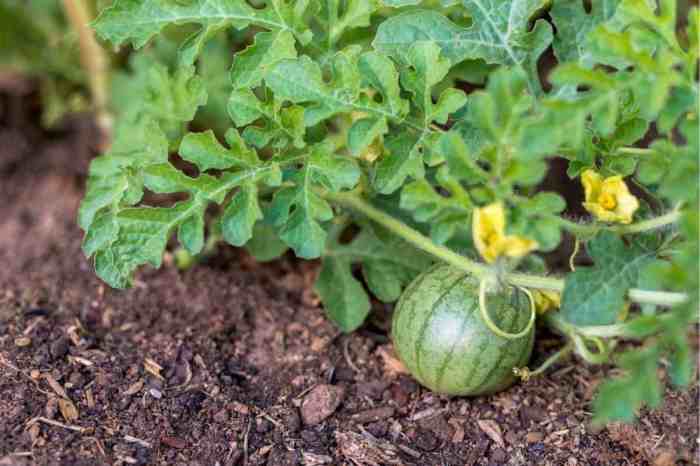
Source: growfully.com
Preventative measures include crop rotation, selecting disease-resistant varieties, ensuring good air circulation, and maintaining proper soil drainage.
Pest and Disease Control Methods
Organic control methods include insecticidal soap, neem oil, and beneficial insects. Chemical controls, such as insecticides and fungicides, should be used as a last resort and according to label instructions.
Comparing Pest Control Methods
| Method | Effectiveness | Potential Risks |
|---|---|---|
| Insecticidal Soap | Effective against soft-bodied insects | May harm beneficial insects |
| Neem Oil | Broad-spectrum insecticide | Can be phytotoxic to some plants |
| Chemical Insecticides | Highly effective | Potential environmental and health risks |
Supporting the Plants and Harvesting
Providing support for watermelon vines and knowing when to harvest are crucial for maximizing yield and fruit quality. Proper support prevents damage and ensures even ripening.
Support Structures for Watermelon Vines
Watermelon vines can become quite heavy, especially when bearing fruit. Support structures, such as trellises or ground cover, help prevent the vines from rotting on the ground and improve fruit quality.
Building a Simple Trellis
A simple trellis can be constructed using stakes and strong twine or netting. Space stakes appropriately and run twine between them to create a support system for the vines.
Growing watermelon from seed involves starting indoors, ensuring warm soil and plenty of sunlight. Similar principles apply to other plants, such as learning how to successfully plant seeds, for instance, check out this guide on how to plant purple coneflower seeds for a helpful comparison. Once established, watermelons need consistent watering and support to grow their large fruit, a process mirrored by the care needed for many flowering plants.
Signs of Watermelon Ripeness
Signs of ripeness include a dulling of the skin’s color, a deep yellowing of the spot where the watermelon touches the ground (for ground-grown melons), and a hollow sound when thumped.
Harvesting Ripe Watermelons
Harvest watermelons carefully using a sharp knife or garden shears. Avoid pulling or twisting the fruit, as this can damage the vine.
Troubleshooting Common Problems
Even with careful planning, problems can arise. Recognizing and addressing these issues promptly is essential for successful watermelon cultivation.
Common Watermelon Growing Problems and Solutions
Several issues can impact watermelon growth. Early identification and proper intervention are crucial for successful cultivation.
Troubleshooting Guide
| Problem | Cause | Solution |
|---|---|---|
| Blossom-end rot | Calcium deficiency, inconsistent watering | Ensure consistent watering, amend soil with calcium |
| Yellowing leaves | Nutrient deficiency, overwatering, pests | Check for nutrient deficiencies, adjust watering, treat pests |
| Powdery mildew | High humidity, poor air circulation | Improve air circulation, use fungicide (organic or chemical) |
Q&A: How To Grow A Watermelon Plant From Seed
What is the best time to harvest a watermelon?
Watermelons are typically ready for harvest when the rind is hard, the bottom is yellow, and a dull thud is heard when thumped.
How can I prevent blossom-end rot?
Consistent watering is key to preventing blossom-end rot. Ensure the soil remains evenly moist, especially during flowering and fruiting.
What should I do if my watermelon leaves are yellowing?
Yellowing leaves can indicate nutrient deficiencies or overwatering. Check your watering schedule and consider a soil test to determine nutrient needs.
Can I grow watermelons in containers?
Yes, but choose smaller varieties and ensure the container is large enough (at least 15 gallons) with adequate drainage.







